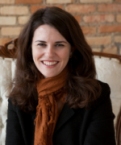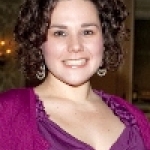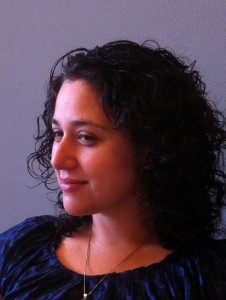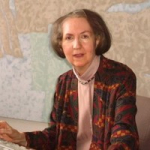
SR Howarth
A New Trend: Business Schools & Corporate Art Collections (from The pARTnership Movement)
Posted by May 02, 2013

SR Howarth
 "Demon Eye 1," by Steinar Jakobsen, 2005, oil on alucore. From the Schwartz Art Collection of the Harvard Business School.
"Demon Eye 1," by Steinar Jakobsen, 2005, oil on alucore. From the Schwartz Art Collection of the Harvard Business School.
In a recent development in the corporate art world, many of the most important business colleges and schools are now collecting art and using it as a learning tool.
As I was updating the information for the new 2013 edition of the International Directory of Corporate Art Collections, I discovered a surprising and unexpected growth sector—business schools and colleges have begun to form art collections as a necessary component to their business curriculum.
During the past 20 years, it has become more recognized and accepted that art in a corporate environment has numerous benefits—for employees, clients, and the company itself. So it is heartening to see that many of the most important business colleges have developed an art program as an adjunct to their more traditional course offerings.
Primarily a North American phenomenon, some of the business schools with important collections include the Wharton School of Business in Philadelphia, Harvard Business School, the Booth School of Business at the University of Chicago, the London School of Economics, and the Stephen Ross School of Business at the University of Michigan.
Read More


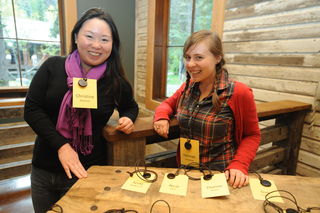

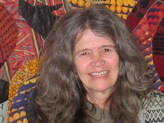 Judi Jennings
Judi Jennings
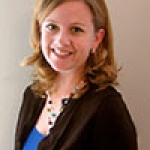


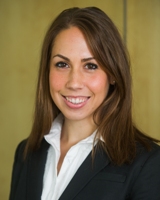 Kim Kober
Kim Kober







